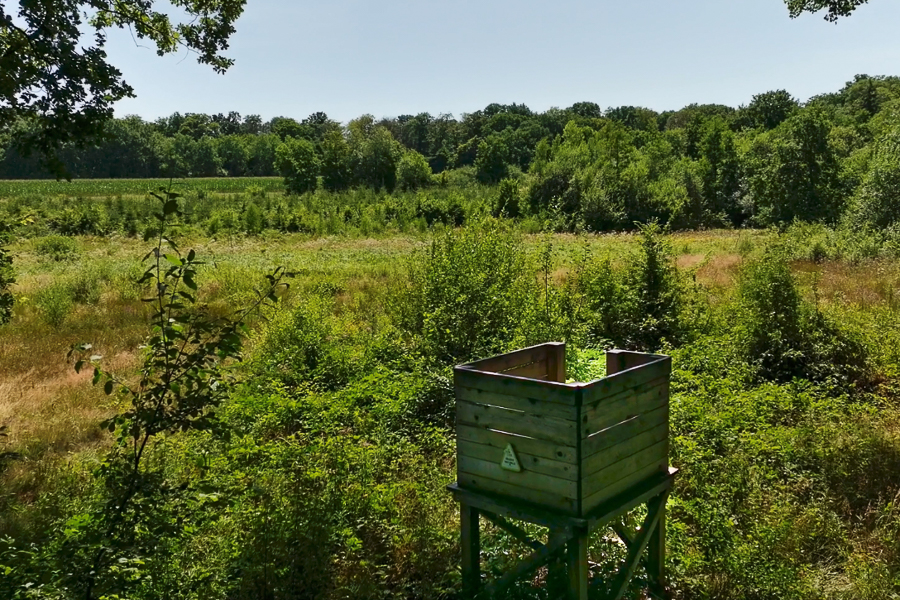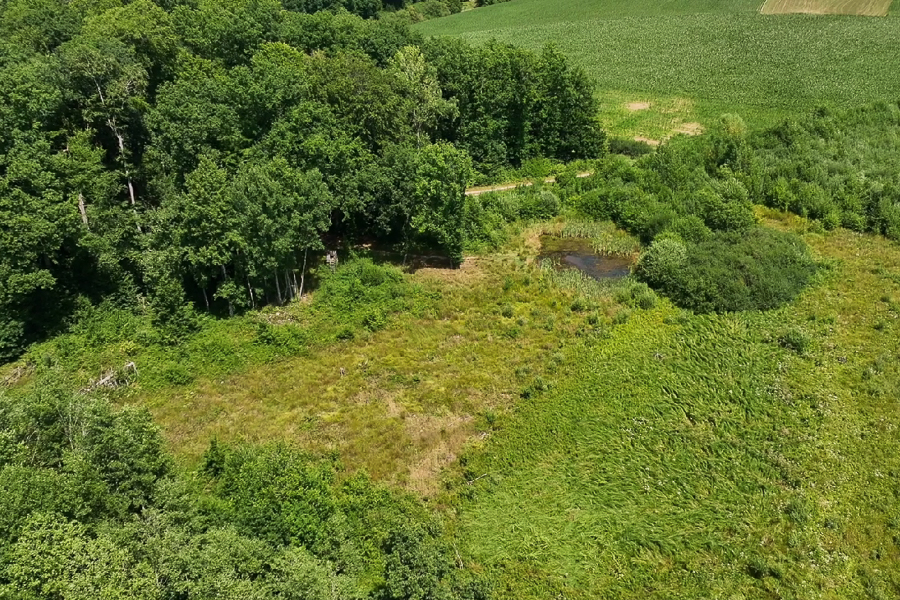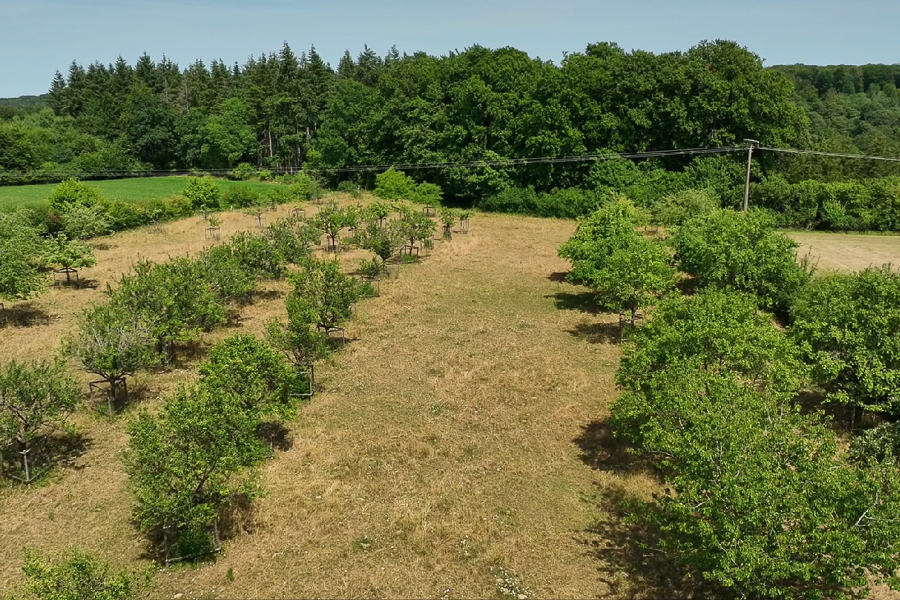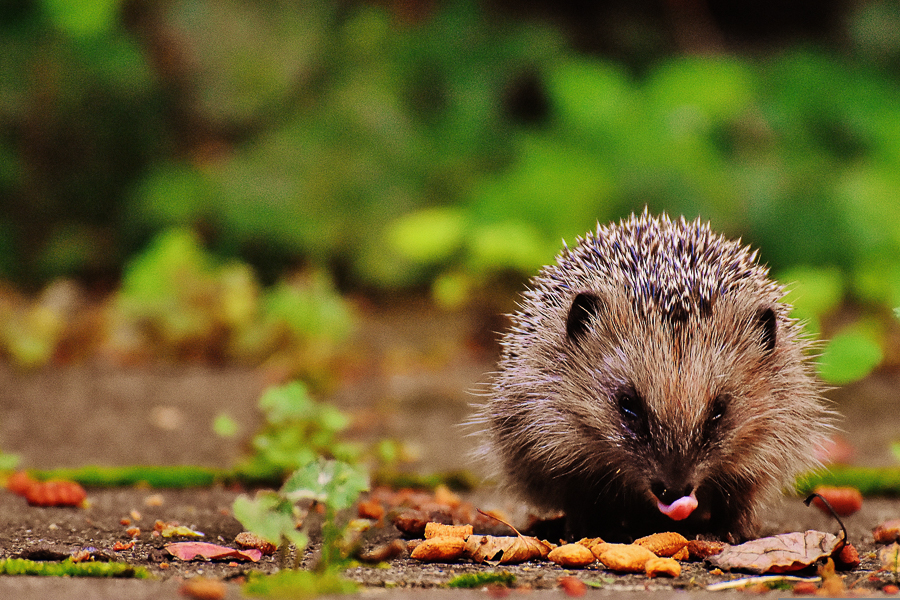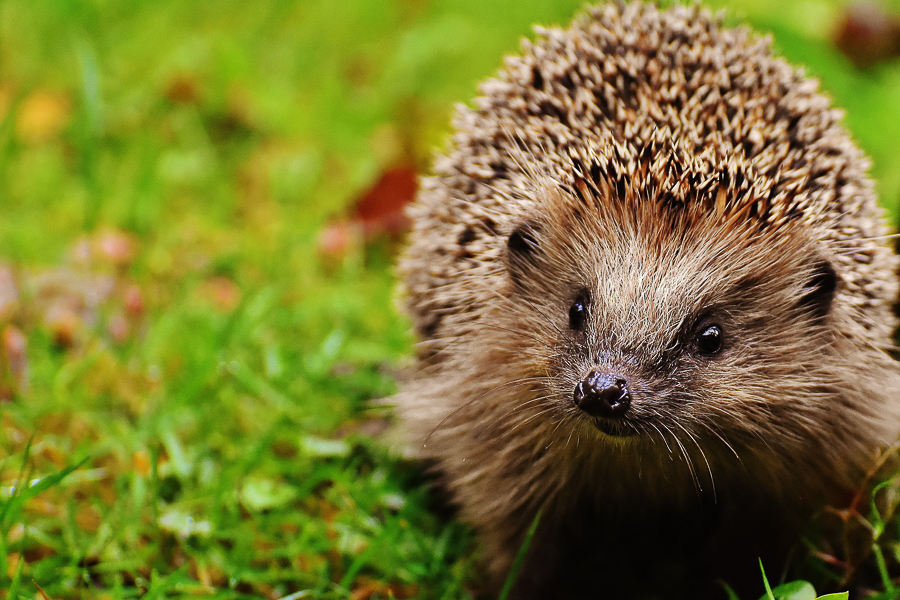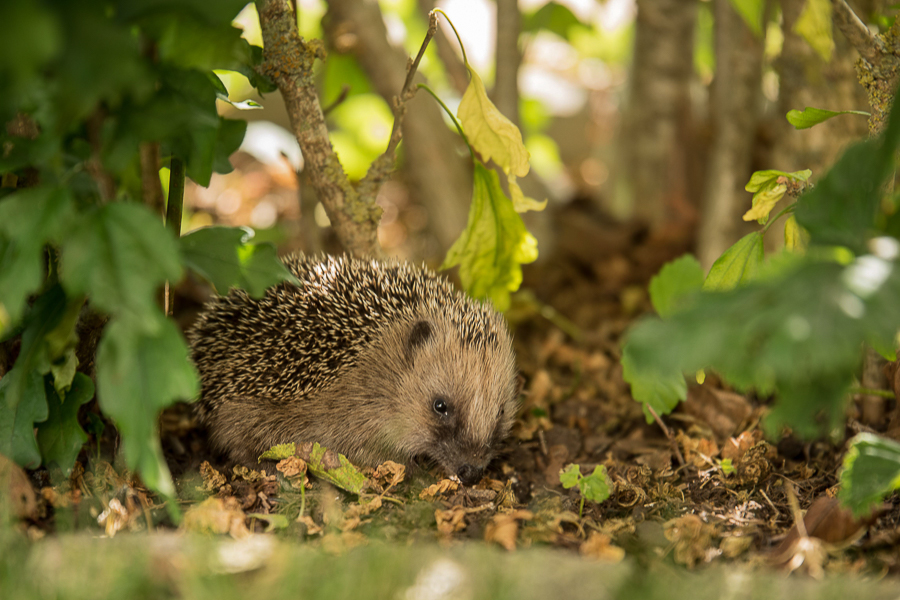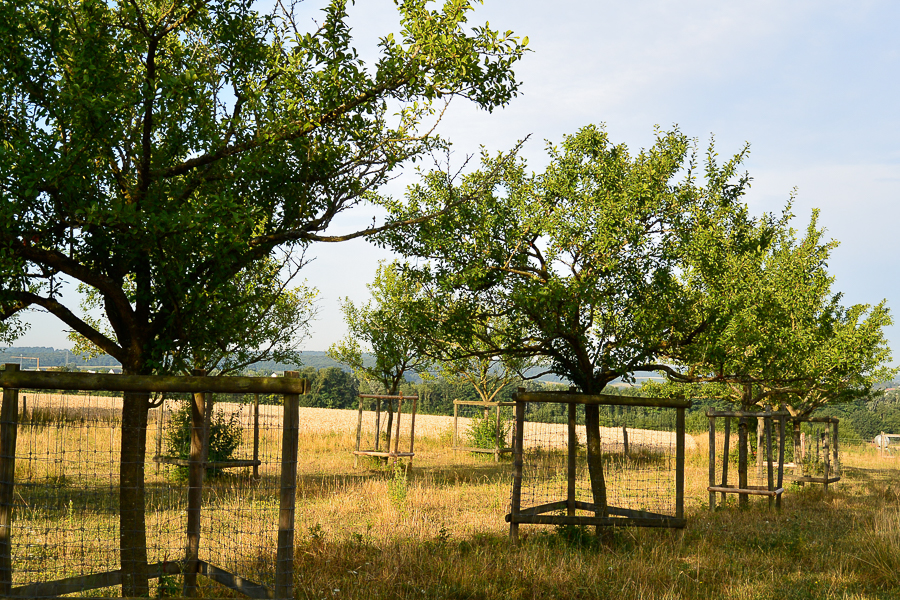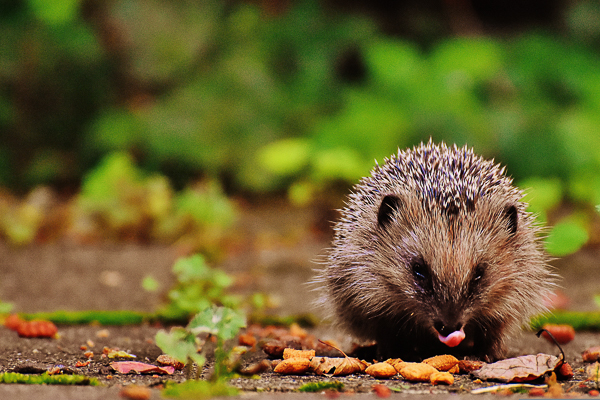 Credit: natur&emwelt
Credit: natur&emwelt
Luxembourg has what is known as a Temperate Climate in which winters are generally mild and summers comparatively cool, with rainfall that can be high; its flora and fauna have thrived in, and adapted to, this climate over the centuries and millennia, with ongoing challenges due to pollution and recent climate change, as well as the introduction of non-native species, resulting in disruptions to the norm.
Nevertheless, with various initiatives and organisations helping the ecosystem and habitat, including sustainability and re-wilding, there is a lot happening in nature across the Grand Duchy.
Chronicle.lu has teamed up with natur&emwelt (the non-profit organisation (naturemwelt), the foundation (Hëllef fir d'Natur) and the Wildlife Care Centre (Flegeestatioun)) for a series of articles on Luxembourg's fauna in which we look at various mammals, birds, insects, amphibians and aquatic animals, as well as touching on vanishing species returning to Luxembourg, focussing on their lifestyle and habitat, including when and where to observe them.
No. 13 in this series focuses on the European Hedgehog.
Shy but familiar, the European hedgehog is a discreet nocturnal presence. In the Drumeschbesch nature reserve in Mamer, it forages under orchard trees, dry leaves and ancient hedgerows.
Measuring 20 to 30 cm and weighing between 600 g and 1.2 kg, the hedgehog is easily recognised by its 5,000 to 7,000 spines covering its back. Its underside is covered in coarse brown fur. With a pointed snout, round ears and short legs, it moves slowly but surely. When threatened, it rolls into a tight ball, exposing only its spines. Despite its clumsy look, it is a surprisingly agile creature, especially at night when it is most active.
Lifestyle
The hedgehog is solitary and nocturnal. It emerges at dusk to feed on insects, worms, slugs, caterpillars and sometimes bird eggs, fallen fruit or small vertebrates. From November to March, it hibernates in a well-insulated leaf nest. Its nightly explorations can cover several hectares. Though mainly ground-dwelling, it can climb and even swim if needed. The species is an excellent bioindicator: its presence signals a healthy, insect-rich environment. Though often unseen by day, the hedgehog plays a vital role in garden and orchard ecosystems by regulating invertebrate populations naturally.
Habitat
Drumeschbesch is a traditional orchard rich in biodiversity, hosting 180 apple varieties, 100 of pear, 80 of cherry, and 20 of plum, all surrounded by dense hedgerows. This semi-open landscape provides perfect conditions for hedgehogs: abundant insect prey, natural shelter in old trees or leaf piles, and minimal disturbance. The diversity of fruit trees fosters ecological balance, while the hedgerows offer safe corridors and nesting spots. It is a haven for hedgehogs and many other small mammals, birds and pollinators.
Where and When to See It
The best time to observe the hedgehog is from April to October, particularly at dusk or early morning. In Drumeschbesch, listen for rustling in the undergrowth, sniffing sounds, or soft grunts. They often roam near hedges, stone piles, or under fruit trees. Warm, damp evenings are ideal. Though elusive, they may reveal themselves when crossing paths or while foraging. Avoid using bright torches—quiet observation and patience are key to spotting this gentle night-time wanderer.
Observation Tips
Move slowly at dusk, avoid noise and use red-light torches if needed. Never handle a hedgehog unless it is clearly injured. In winter, avoid disturbing leaf piles — they may shelter hibernating individuals. Drumeschbesch’s peaceful setting offers a rare chance to spot this quiet gardener of the night in its natural home.

